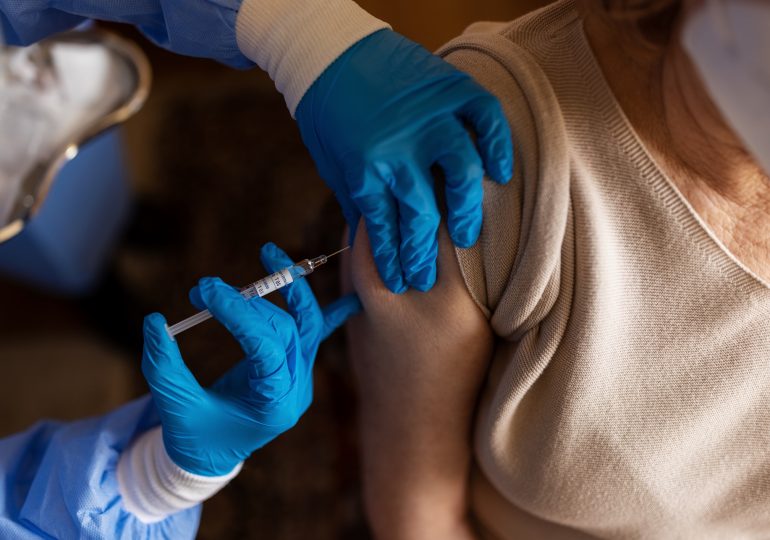Older adults should get the COVID-19 vaccine more frequently than previously recommended, according to new guidance from the U.S. Centers for Disease Control and Prevention (CDC). Health officials are urging people ages 65 and older to receive another vaccine dose in the spring, or at least four months after their most recent dose.
CDC director Dr. Mandy Cohen announced the decision after a CDC advisory committee, which is made up of independent vaccine and infectious disease experts, voted 11-1 to make the change. “An additional vaccine dose can provide added protection that may have decreased over time for those at highest risk,” she said in a statement.
[time-brightcove not-tgx=”true”]
The decision is based on data presented by CDC scientists that showed current hospitalization rates for COVID-19 are highest among seniors, with the biggest spikes occurring among those 75 years and older. People 65 and older account for 67% of hospitalizations due to COVID-19. (The CDC previously recommended that most people get a COVID-19 vaccine once a year. )
The committee reviewed new data showing that the current COVID-19 shot is effective against currently circulating variants including JN.1 , even though it targets XBB. People who were vaccinated with the latest shot made fewer trips to urgent care and emergency rooms for COVID-19-related symptoms, and were less likely to be hospitalized than those who did not receive the shot. But vaccine protection wanes over time, so getting another dose will help prevent serious outcomes in the most vulnerable.
Read More: Why It’s So Hard to Get Kids Vaccinated Against COVID-19
“I was convinced by the data that there is significant protection with an additional dose at this time,” says Dr. Wilbur Chen, professor of medicine at the University of Maryland School of Medicine and a member of the committee. “This recommendation isn’t for the entire population, but for high-risk segments of the population. We are trying to improve their protection as much as possible and wanted to afford those over 65 years the opportunity to get a second dose.”
One challenge to achieving that, however, is that uptake of the newest COVID-19 vaccine has been low. Though about 40% of seniors have gotten it so far—the highest rate out of any age group—it still means more than half of a very vulnerable group are not up to date. The low demand is fueling decreased access, says Chen, since more doctors’ offices are deciding not to provide the shot because their patients aren’t asking for it. Now that the government is no longer providing the vaccines for free, many people who are under- or uninsured are not getting immunized.
Chen says the committee members hope that older adults and health care providers alike receive the strong message behind the recommendation and take it seriously. “As we enter the warmer months, while we usually see flu and RSV disappear, in previous summers we still saw 500 deaths a month,” he says. “That’s a lot of deaths, and we need to act on that.”
Leave a comment




